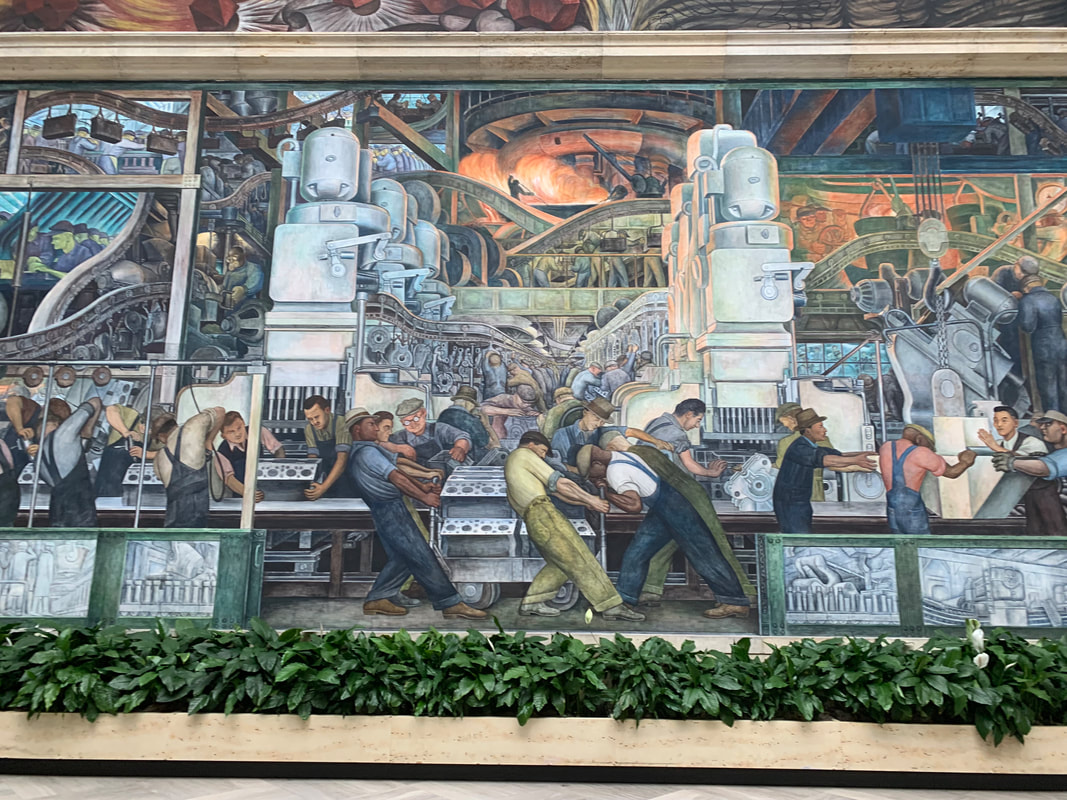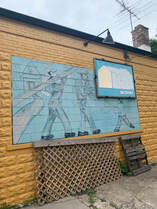What is consistent among these different models though, is utility maximization. All successful organizations implement innovative ways to ultimately cut costs and increase overall output and utility. Within a standard business model utility comes in the form of dollars. I have found it somewhat surprising that nonprofits must also tie utility closely to money. Nonprofits have to constantly spend their own resources in marketing themselves to secure more funding. In our first two weeks at ProsperUS, Andrew and I have been working hard to collect data from the first group of graduates from the Aspire entrepreneurship training for returning citizens program (Aspire graduates for short). We have to collect data assessing the effectiveness of the first round of training in order to secure the funding for the second round. Although social enterprises, and more specifically nonprofits, have to follow the money trail, they do so with their mission and goal leading the way. For ProsperUS utility maximation is using all resources to most effectively revitalize Detroit neighborhoods. For most businesses’ though utility maximization is profit maximization.
Social entrepreneurship is important because it does not just maximize the organizations utility, but rather also helps to maximize the community’s potential. Thus, social entrepreneurship has an infectious aspect. Many of the graduates of the aspire program have expressed that they are thankful for the opportunity that ProsperUS gave them and they in turn want to help connect other returning citizens (formerly incarcerated individuals) to resources like ProsperUS. In fact, many of the graduates started or grew social enterprises during the Aspire program. Shandra Dunn, an inspiring, resilient, and outgoing graduate, is creating a consulting business called Construction Chic Consulting. She is planning on serving as a consultant for construction companies by recruiting fellow returning citizens, particularly fellow women of color, who may not realize these construction job opportunities still await them. “It’s not about the money”, she said, it’s about showing young women coming out of prison that they still have so much to achieve.
I believe Shandra’s social entrepreneurship is particularly exciting and emblematic of Detroit’s recent growth. The motor city has always been known for their industrial prowess, and by extension construction and other automotive-related industries have thrived historically in Detroit. Yet, Shandra’s social enterprise shows that Detroit’s new growth captures innovation and more inclusion than growth in the past. Her social enterprise proves that those often excluded from growth, like returning citizens, don’t just deserve to be a part of Detroit’s growth, but are essential to it.



 RSS Feed
RSS Feed
